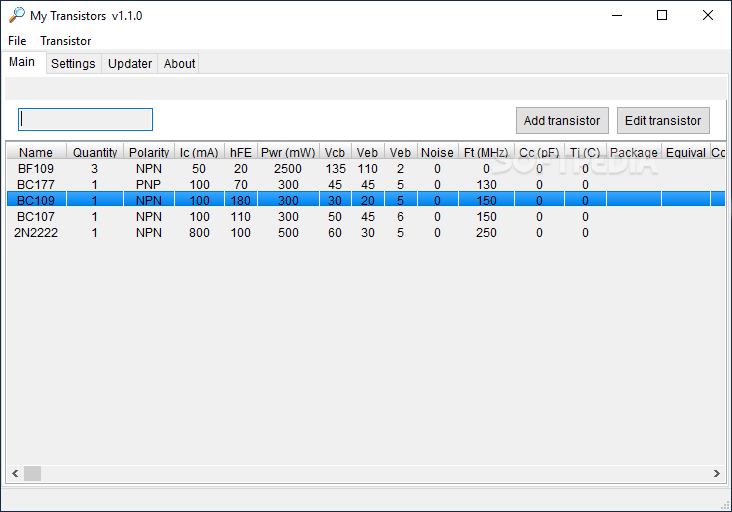
1999 Cerda and Soria 2000 Emberly and Kirczenow 2000 Zahid et al. 2005 Thgesen and Jacobsen 2005) or semi-empirical models (Magoga and Joachim 1997 Corbel et al. The first-principle calculations for CT regime have been successfully performed by non-equilibrium green’s function (NEGF) methods in conjunction with density functional theory (DFT) (Brandbyge et al. Theoretically, two limiting regimes can be distinguished, namely coherent transport (CT) for strong coupling between the molecule and the source/drain electrodes and coulomb blockade (CB) for weak coupling. Recent experimental investigations on single-molecule SET constructing from bottom up approach, using organic molecule as an active component shows its applicability towards future nanoelectronic systems. 2005 Thijssen and Van der Zant 2008), theoretical studies of single-molecule SETs (Stokbro 2010 Fatemi et al. There have been a lot of discoveries dealing with experimental studies (Cuniberti et al.

Single-molecule single-electron transistor (SET) is a very interesting as well as an innovative device in nanoscience and nanoelectronics which has attracted the vast community of researchers.

Our implementation is intended to predict the charging energies of the naphthalene-based SETs that reveals further scope in realization of the devices at nanoscale. This diagram shows the dependence of SET conductance on the gate voltage and the source-drain bias. Subsequently, the charge stability diagram of naphthalene based single-electron transistor (SET) has been obtained by calculating the charging energies as a function of an external gate potential.

Further, in an electrostatic environment, the result shows renormalization of molecular energy levels and therefore reduces the charging energy of naphthalene. Our calculated values of charging energy for naphthalene in an isolated case are in good agreement with experimental values. We apply this approach to the molecule naphthalene, which is lying flat on gate dielectric between the source and drain electrodes. We have performed first-principle calculations based on density functional theory (DFT) and non-equilibrium greens functions (NEGF) for calculating the charging energies of molecular system weakly coupled to an environment.


 0 kommentar(er)
0 kommentar(er)
